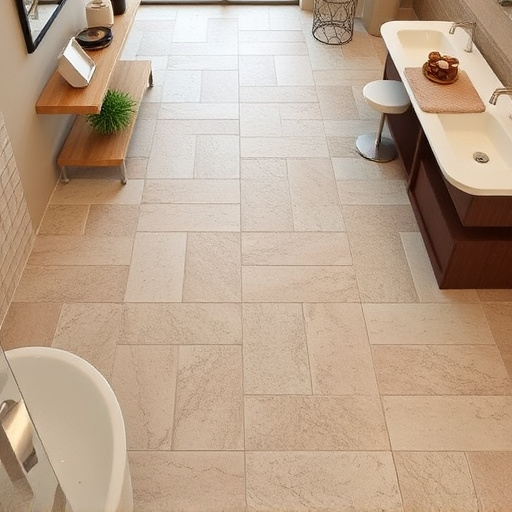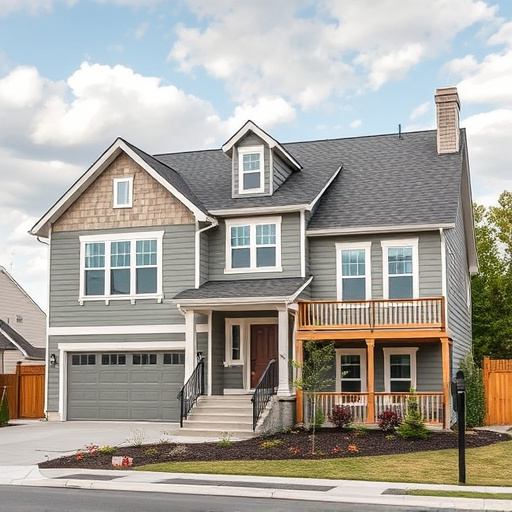Residential window tinting improves comfort, security and energy efficiency. It blocks UV rays, reduces solar heat transfer, enhances privacy, and tailors to room needs—from light tints for bedrooms to darker films for living rooms. Professionally installed, maintained with minimal effort, also offers vehicle wraps for added protection and style.
Residential window tinting is a game-changer for modern homes, offering more than just style. By understanding its benefits, homeowners can transform their spaces into cozy retreats. This article delves into the world of residential window tinting, exploring how it enhances comfort and privacy in bedrooms, living rooms, and beyond. We guide you through various tint types tailored to specific rooms and provide insights on the installation process and maintenance tips, ensuring a successful and long-lasting upgrade.
- Understanding Residential Window Tinting Benefits
- Types of Window Tint for Different Rooms
- Installation Process and Maintenance Tips
Understanding Residential Window Tinting Benefits

Residential window tinting offers a multitude of benefits that transform your living spaces into more comfortable and secure environments. Beyond enhancing aesthetics, it plays a significant role in energy conservation, privacy protection, and UV ray shielding. By blocking out harmful UV radiation, window tinting helps preserve furniture and flooring, reducing the need for frequent cleaning or replacements.
Moreover, residential window tinting significantly improves heat rejection, leading to reduced cooling costs during hot summers. It creates a cooler interior environment by minimizing solar heat transfer, which not only saves energy but also enhances overall comfort. Custom vehicle wraps, known for their versatility and style, are often extended to homes, offering a sleek look while providing the same protective benefits in various shades and tints tailored to individual preferences.
Types of Window Tint for Different Rooms

When considering residential window tinting, understanding the specific needs of each room is key to creating a comfortable and stylish environment. For bedrooms, a light and subtle tint can be ideal, focusing on UV protection to ensure a peaceful sleep space. This allows natural light to filter in while blocking harmful rays, promoting better sleep quality.
In living rooms or areas with significant sunlight exposure, a darker tint might be preferred. Paint protection film offers a range of shades and tints, allowing homeowners to choose the level of opacity that suits their preferences. These protective coatings not only enhance privacy but also reduce heat gain, making rooms more comfortable during hot summer days.
Installation Process and Maintenance Tips

The installation process for residential window tinting is both precise and efficient. Professionals begin by thoroughly cleaning the windows to ensure optimal adhesion. They then apply a special adhesive and carefully position the tinted film, ensuring no air bubbles are trapped. Once in place, the film is sealed, creating a durable barrier. This entire process can take anywhere from one to several hours, depending on the size of your windows and the level of tinting desired.
Regular maintenance for residential window tinting involves minimal effort but ensures longevity. To keep your tinted windows looking their best, wipe them down occasionally with a soft cloth and mild soap. Avoid using harsh chemicals or abrasive materials that could damage the film. Additionally, keeping trees and shrubs trimmed away from the windows will prevent any debris from accumulating on the surface, preserving the clarity and effectiveness of the tint. For those interested in automotive detailing or custom vehicle wraps, window tinting is a valuable extension, enhancing both privacy and protection for your vehicles.
Residential window tinting offers a versatile solution for enhancing privacy, reducing heat gain, and blocking harmful UV rays across various indoor spaces. Whether it’s installing tinted windows in bedrooms for improved sleep quality or selecting specialized tints for living rooms to minimize glare without diminishing natural light, the options cater to diverse homeowner preferences. By following proper installation practices and basic maintenance routines, you can ensure that your residential window tinting provides years of aesthetic appeal and functional benefits. Embrace the advantages of this modern glass treatment for a comfortable, stylish, and energy-efficient home environment.














